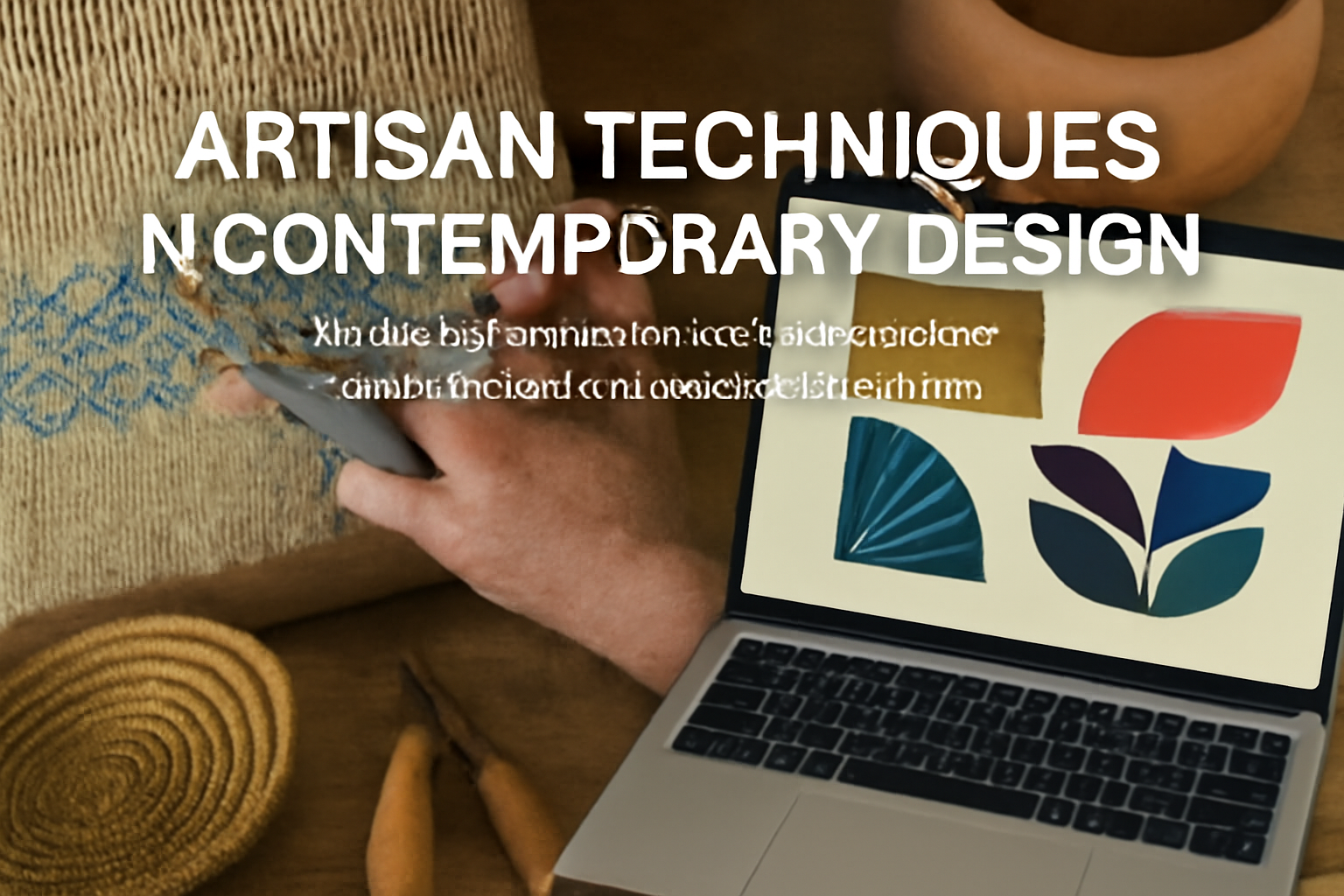Location
Mount Vernon, WA 98274
Location
Mount Vernon, WA 98274

In a world increasingly dominated by digital innovation, a growing movement is turning back towards traditional artisan techniques to inspire contemporary design. This article explores how these age-old practices are not only preserving cultural heritage but also influencing today's creative landscape.
As the digital age continues to redefine the boundaries of creativity, a fascinating counter-movement is emerging: the resurgence of traditional artisan techniques in modern design. This revival is not merely a nostalgic embrace of the past; it represents a profound shift in how designers, artists, and consumers relate to craftsmanship, sustainability, and cultural heritage.
One of the most compelling aspects of this movement is its ability to foster a deeper connection between the creator and the creation. Techniques such as hand-weaving, pottery, and woodworking, which have been passed down through generations, are being integrated into contemporary works, highlighting the value of patience and skill. For instance, the recent exhibitions at the Museum of Arts and Design in New York have showcased artists like Grayson Perry, who blends traditional pottery techniques with modern narratives and aesthetics.
Furthermore, the sustainability aspect cannot be overlooked. In an era where fast fashion and mass production dominate the market, the artisan approach offers an alternative that emphasizes quality over quantity. Many designers are sourcing local materials and employing eco-friendly practices, thus reducing their carbon footprint. For example, brands like Patagonia have successfully incorporated traditional textile methods into their outdoor apparel lines, marrying functionality with ethical production practices.
Community engagement is another vital component of this revival. Many artisans are not only creating but also teaching, ensuring that their skills are passed on to future generations. Workshops and collaborative projects have sprung up around the globe, allowing individuals to learn techniques from masters. This sharing of knowledge creates a vibrant cultural tapestry, where the lines between artist and audience blur.
As the art and design world continues to evolve, the blending of traditional techniques with modern sensibilities offers a refreshing perspective. It challenges the notion that progress must come at the expense of heritage, instead suggesting that innovation can flourish alongside tradition. This harmonious coexistence not only enriches the creative landscape but also encourages a more mindful approach to consumption, urging us to value the stories and skills behind each piece we encounter.
In conclusion, as we navigate this new era of design, the revival of artisan techniques serves as a reminder that the past can indeed inform the future. By embracing these time-honored practices, contemporary creators are crafting not just objects, but narratives that celebrate our shared humanity and cultural diversity.